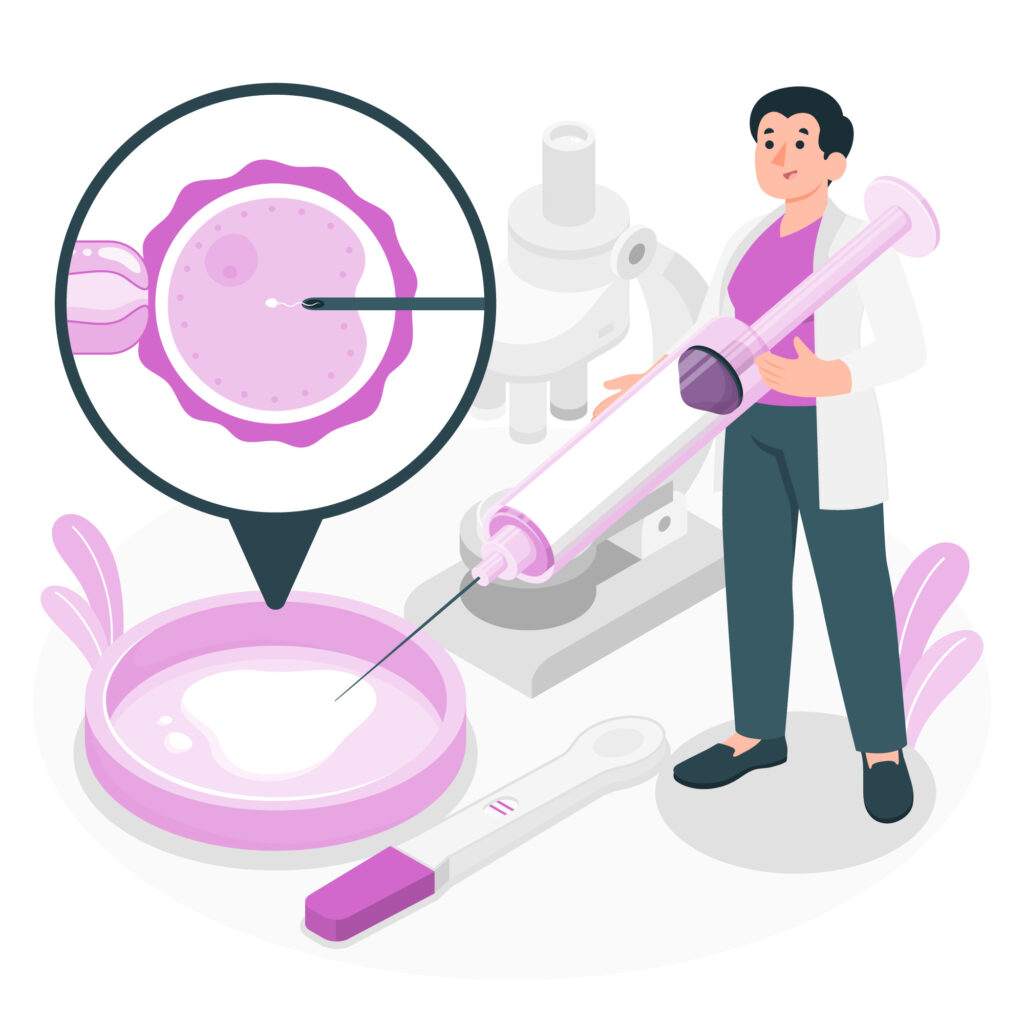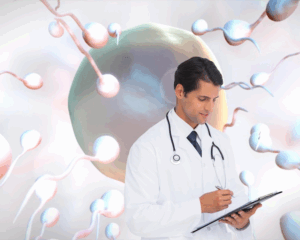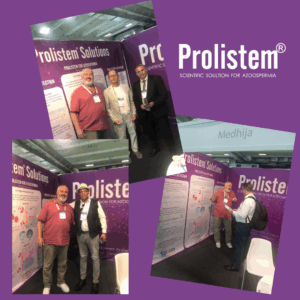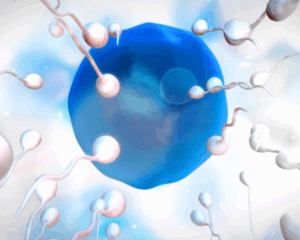
Prolistem for Non-Obstructive Azoospermia: A Comprehensive Guide
Prolistem for non obstructive azoospermia, Non-obstructive azoospermia (NOA)

Introduction
Non obstructive azoospermia (NOA) is a severe form of male infertility caused by impaired or absent spermatogenesis within the testes. Affecting 10-15% of infertile men, NOA presents limited reproductive options. Most men with NOA rely on sperm retrieval techniques such as testicular sperm extraction (TESE) followed by intracytoplasmic sperm injection (ICSI). However, these methods often fail, leaving men with idiopathic NOA with no biological solutions beyond donor sperm or adoption. This article delves into experimental approaches in Non-Obstructive Azoospermia Therapy, including spermatogonial stem cell (SSC) transplantation, in vitro spermatogenesis using stem cells, and gene therapy.
1. Spermatogonial Stem Cell (SSC) Transplantation: A Promising Therapy
SSC transplantation represents a hopeful experimental method aimed at restoring spermatogenesis by introducing SSCs into the recipient’s testes. These cells are essential for sperm production, and animal models have demonstrated its potential application in humans.
Mechanism of Action
SSCs self-renew and differentiate into mature spermatozoa under the influence of Sertoli cells. Maintaining a proper “stem cell niche” is crucial for successful transplantation.
Techniques for SSC Transplantation
Challenges and Ethical Considerations
2. In Vitro Spermatogenesis Using Stem Cells: Progress and Potential
In vitro spermatogenesis aims to generate mature spermatozoa from pluripotent stem cells (PSCs) in a controlled laboratory environment. These stem cells, including both embryonic and induced pluripotent stem cells (iPSCs), can differentiate into germ cells.
Progress and Findings in Animal Models
Research in animal models, particularly mice, shows that functional sperm can be generated from embryonic stem cells. However, translating these results to humans has proven difficult due to limited understanding of the stem cell niche and ethical concerns related to embryonic stem cells.
Advantages of In Vitro Spermatogenesis
Limitations and Ethical Issues
3. Gene Therapy: A Revolutionary Approach to Treat NOA
Gene therapy seeks to correct the genetic mutations responsible for NOA, offering a potential solution for men affected by this condition. While successful in animal models, this therapy remains far from clinical application in humans.
Mechanism of Gene Therapy
Gene editing tools, like CRISPR-Cas9, can target specific genetic mutations in SSCs. These corrected SSCs can then produce genetically modified sperm, potentially restoring fertility.
Applications and Potential Impact
Challenges and Ethical Barriers
Conclusion: Looking to the Future of Non-Obstructive Azoospermia Therapy
Biological therapies for Non-Obstructive Azoospermia Therapy present significant hope for men with NOA. Among the therapies discussed, SSC transplantation shows the most promise, especially given its broad applicability and successful outcomes in animal models. However, substantial challenges persist:
Despite these hurdles, progress in Non-Obstructive Azoospermia Therapy offers optimism. Continued research in stem cell biology, genetic editing, and stem cell niche environments will pave the way for groundbreaking treatments in clinical practice, providing biological solutions for men desiring biological children.
Reference: https://www.tandfonline.com/doi/full/10.1080/14712598.2018.1380622

Prolistem for non obstructive azoospermia, Non-obstructive azoospermia (NOA)

Introduction Male infertility, especially caused by azoospermia, affects

We are proud to have participated in the

Introduction: A New Hope in Male Infertility Treatment